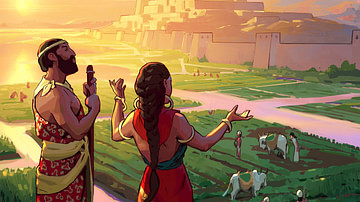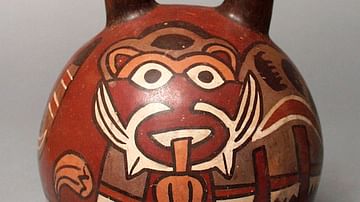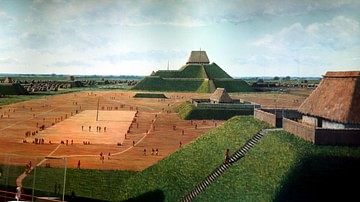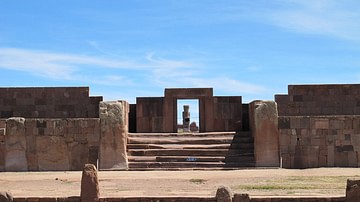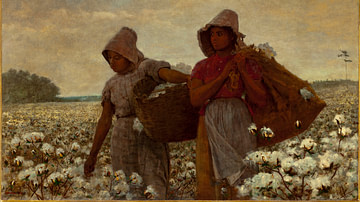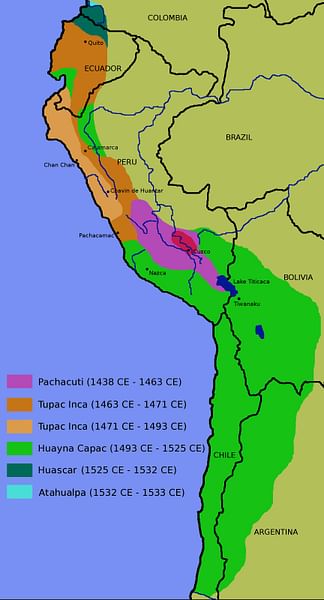
The Wanka (also Wanca or Huanca) people occupied the highlands of ancient central Peru around Lake Junin and the Manataro, Chanchamayo and Tarma rivers. The culture flourished from the Middle to Late Horizon periods (600 CE - 1532 CE). Dwelling in fortified hill-top settlements, they largely specialised in llama herding. As with other cultures in the area, herding was long-preferred over farming. It was not until c. 1000 CE that intense maize farming began, much later than in other contemporary cultures. This shift in agricultural practice was motivated by changes in settlements and a significant increase in population density. Now concentrated in walled towns, the capital city of the Wanka was established at Wari Willka.
Wanka art and architecture across their different settlements were influenced by the nearby Huari culture and the Ayacucho style. Settlements vary in size with the majority having fewer than 50 buildings but several having over 100. Most buildings were circular and arranged in small groups of up to twelve around an open courtyard. There is not much evidence of town planning, although some settlements were constructed in pairs in close proximity.
The Wanka provided stiff resistance to the Inca Empire until their final defeat at the hands of the great Inca leader Pachacuti (r. 1438 - 1471 CE). The Incas shifted populations to lower-level locations and administered the area from an imperial centre at Jaujatambo. Agriculture became better organised in order to produce quotas for the Inca state and large storage buildings (qollqa) were built.
Never wholly subjugated to Inca rule, the Wanka were often embroiled in border disputes with their neighbours the Xauxa, and the Incas describe the Wanka as being continuously plagued by internal disputes. Nevertheless, they became keen allies of Pizarro in his conquest of the Inca Empire. The Wankas also helped the Spanish Crown put down several rebellions in the early decades of colonial rule in Peru, notably the defeat of Francisco Hernández Girón between 1553 and 1554 CE. Their name lives on today with the Peruvian city and province of Huancayo being named after them, as is the local football team Deportivo Wanka.
